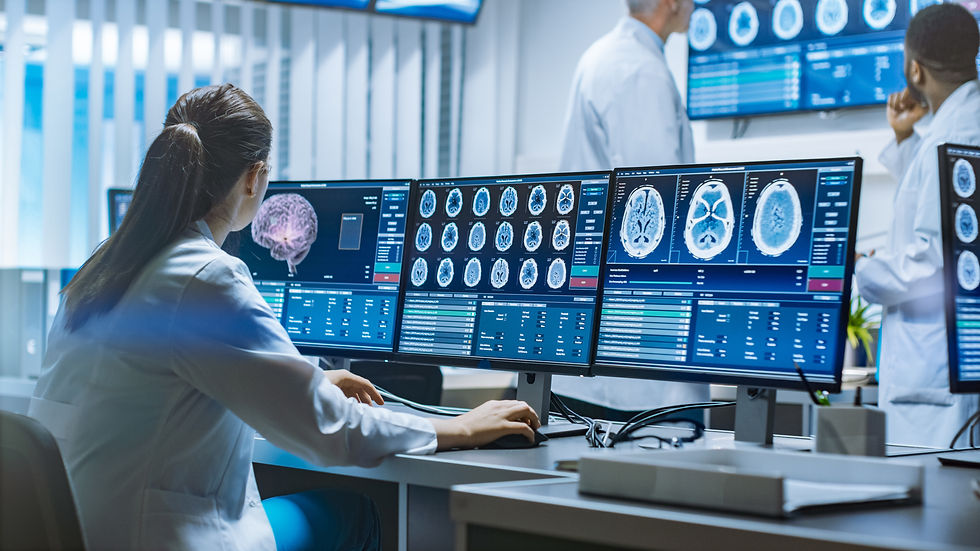Neuroscience-Based Art Therapy Exercise
- Serena King
- Feb 7, 2024
- 2 min read

The benefit of integrating neuroscience with art therapy is that it enables the practitioner to more effectively identify, target, and manage particular symptoms by understanding which part of the brain is responsible for those symptoms. A behavior can be seen by the art practitioner, who can then correlate it with a specific brain region linked to that behavior. They can then develop a workout regimen based on these functions, addressing the underlying cause of the issue as opposed to just its symptoms. As an illustration, suppose that an art therapy practitioner is assisting a client who struggles with making decisions and addressing problems. The practitioner is aware that the prefrontal cortex, a part of the brain found in the frontal lobes, is linked to these abilities. With this knowledge in hand, the art therapy practitioner may create a mind map—a mental diagram showing an individual's concepts and relationships—as part of an art therapy exercise. Various colors, shapes, and symbols may be used in this activity to symbolize various ideas and the connections among them. The art therapy practitioner may advise the client to begin by making a list of ideas pertaining to a particular issue or difficulty they are going through. After that, the practitioner could work with the client to arrange these concepts into a mind map, representing various concepts and their connections between them with various colors and forms. By using this kind of engagement with the prefrontal cortex, the art practitioner hopes to assist the client become more adept at making decisions and solving problems by stimulating and activating this area of the brain. Individuals who are having trouble with these skills because of a mental health illness or another brain-related issue may find this exercise very helpful. This is only one instance of how an art therapy professional could create an activity to target a particular brain region in order to assist with a particular ailment or symptom. There exist numerous other approaches to tailor art therapy exercises to specifically target brain regions and processes to address certain difficulties and symptoms.

Comments